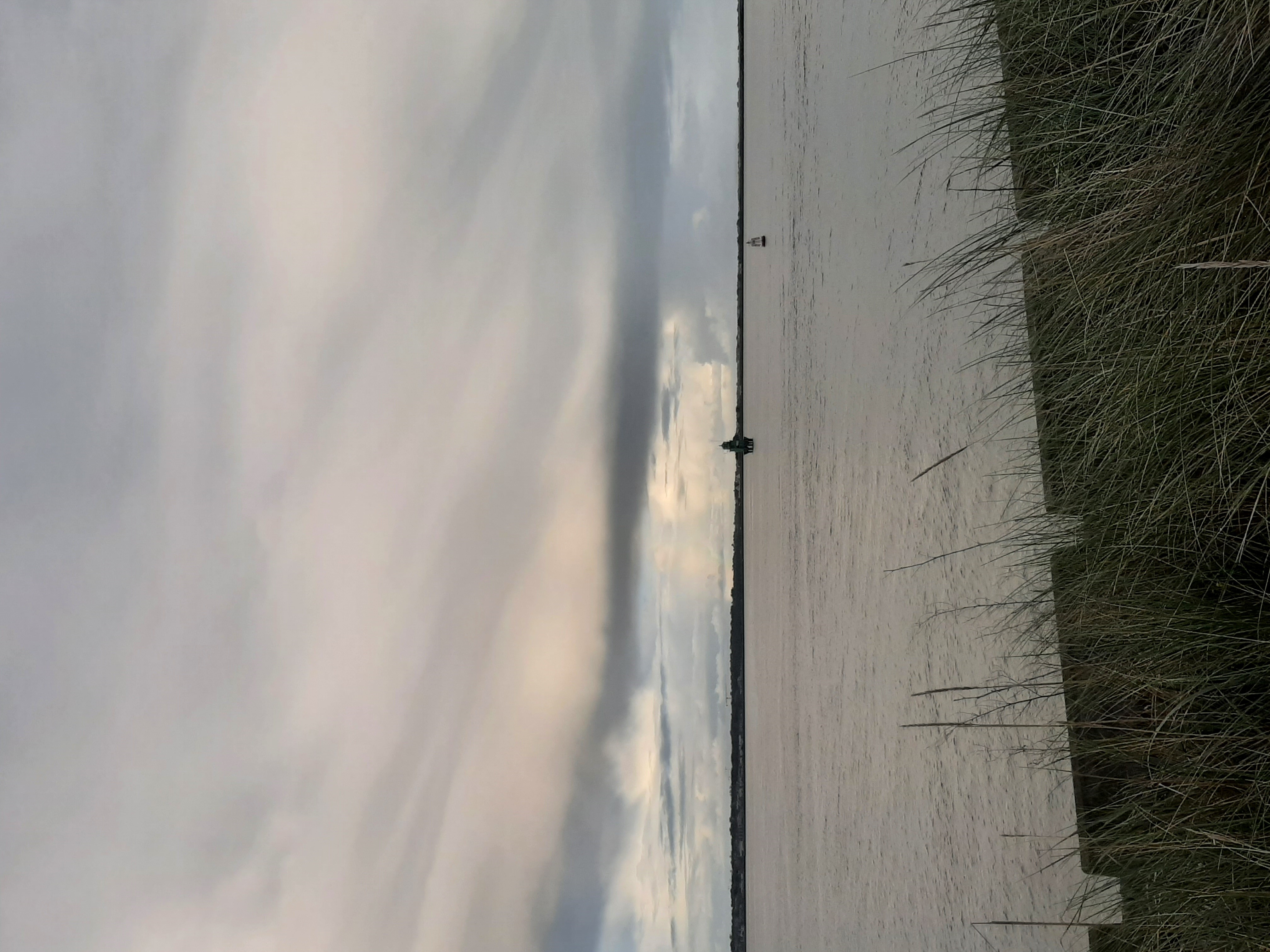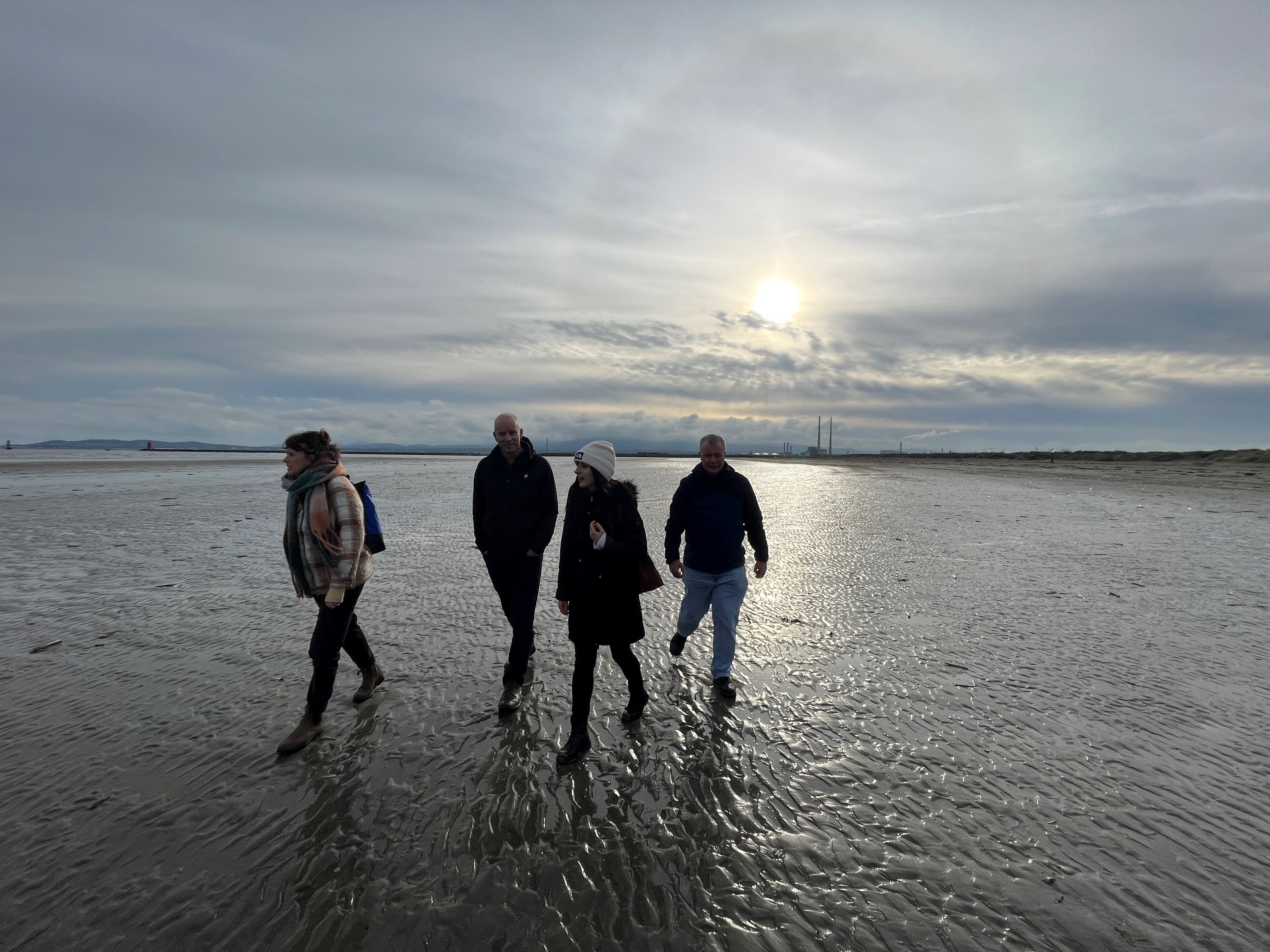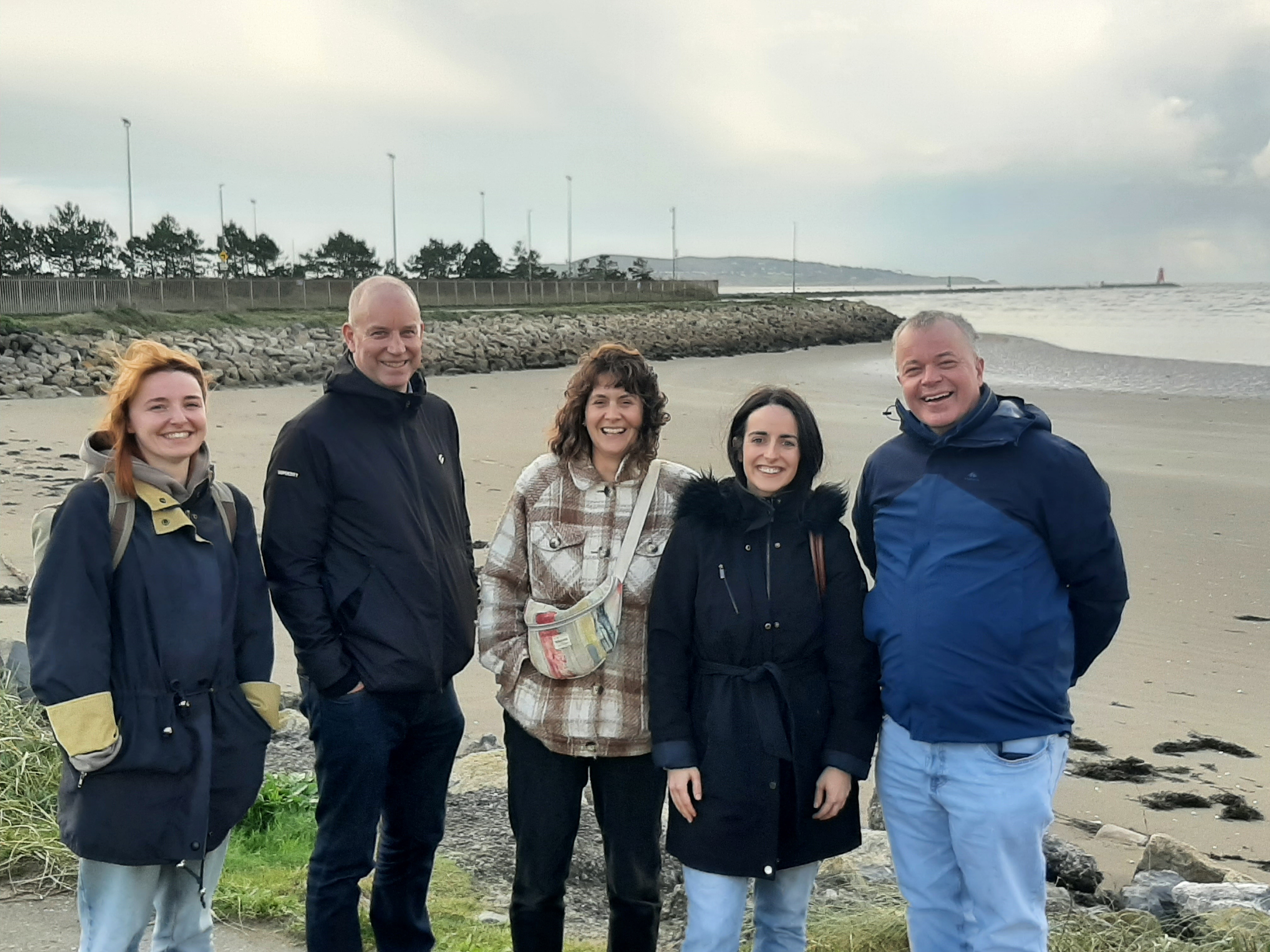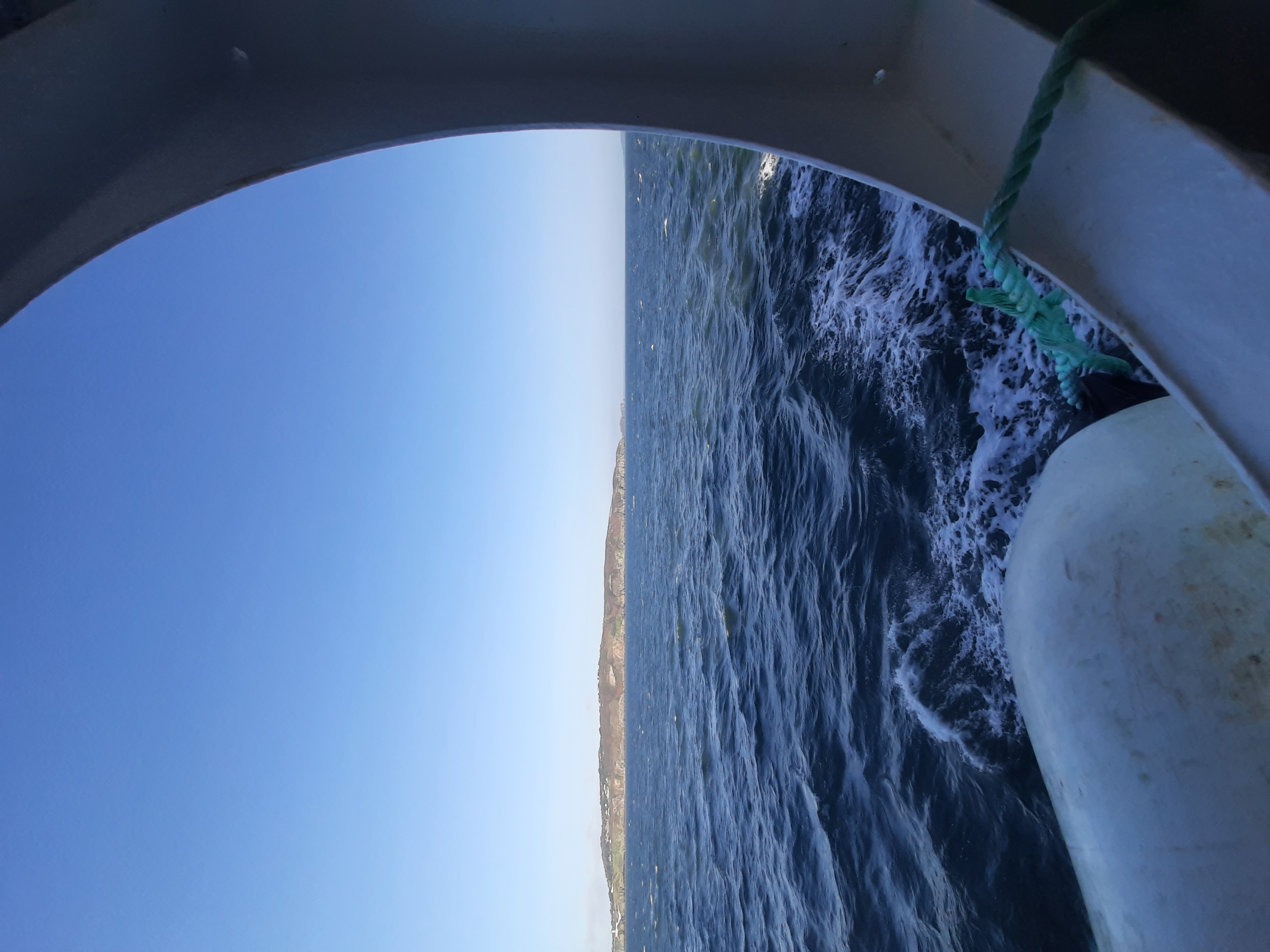Socio-cultural Fieldwork in the Irish Sea and Dublin Bay
The socio-cultural valuation team in the Irish Sea BBT have been busy with fieldwork the last few months. To understand the non-monetary benefits of the coast and sea--such as sense of place, recreation, and local identity--we need to get familiar with the places we study.
Arts & Humanities researcher Ashley Cahillane went on a week-long research vessel survey. Through a vessel managed by the Marine Institute, Ashley joined marine scientists collecting data off the north coast of Ireland and areas around the Irish Sea. Ashley performed auto-ethnography and interview research with the scientists and the crew to explore the cultural processes and benefits experienced at sea. The ship environment proved a unique one for interviews: people's schedules revolved around the weather and conditions for sampling or sailing, so you can't plan interviews in advance. And she had to be quiet, as it was a 24 hour ship where someone was always sleeping! But the study aimed to incorporate the unique ship environment, and explore how it induces humility, knowledge, respect, and enjoyment in relation to the whims of the sea. Stay tuned for updates as Ashley develops this research.
In October, social science partner Johanna Forster came to Dublin to unite with the rest of the socio-cultural team at UCD: John Brannigan, Ashley Cahillane, Tasman Crowe, and Dorota Kołbuk. We went out to coastal case study areas in Dublin, such as the South Wall on Bull Island which hosts the historic and beloved Poolbeg Lighthouse. We also went to Howth, where it was still warm enough to grab ice-cream while looking across at the uninhabited island Ireland's Eye, home to thousands of protected seagulls and seals. While walking around (and driving between sites), we shared disciplinary perspectives on the (human and non-human) activities in these places which inform important socio-cultural benefits. And we discussed how these observations can inform plans and methods for more thorough participatory research in the form of questionnaires, interviews, and focus groups. The observations will also link with the stakeholder engagement work of WP1, which provides a base for understanding key cultural ecosystem services and benefits around the Irish Sea and its coasts.
Fieldwork allows us to get a feel for a place, identify relevant stakeholders, and connect emotionally to our research. We are part of the places we research, whether we are visitors or locals. Time spent in a place alerts us to cultures, histories, or activities we may otherwise miss from desk research.
Desk research or virtual explorations of places are just as wonderfully fruitful though--as well as more inclusive and lower-carbon. We have been benefiting from virtual approaches and meetings too. In fact, we will analyse and use literature and visual art as a way to access understandings of cultural ecosystem services across space and time (art can serve as an archive of cultural meanings as they've changed and developed over time, like iconic species or monuments).
As the weather turns chilly in Ireland now for the winter, though, we're happy to have had the opportunity to go outside and bond with our case study sites and bond with each other.





